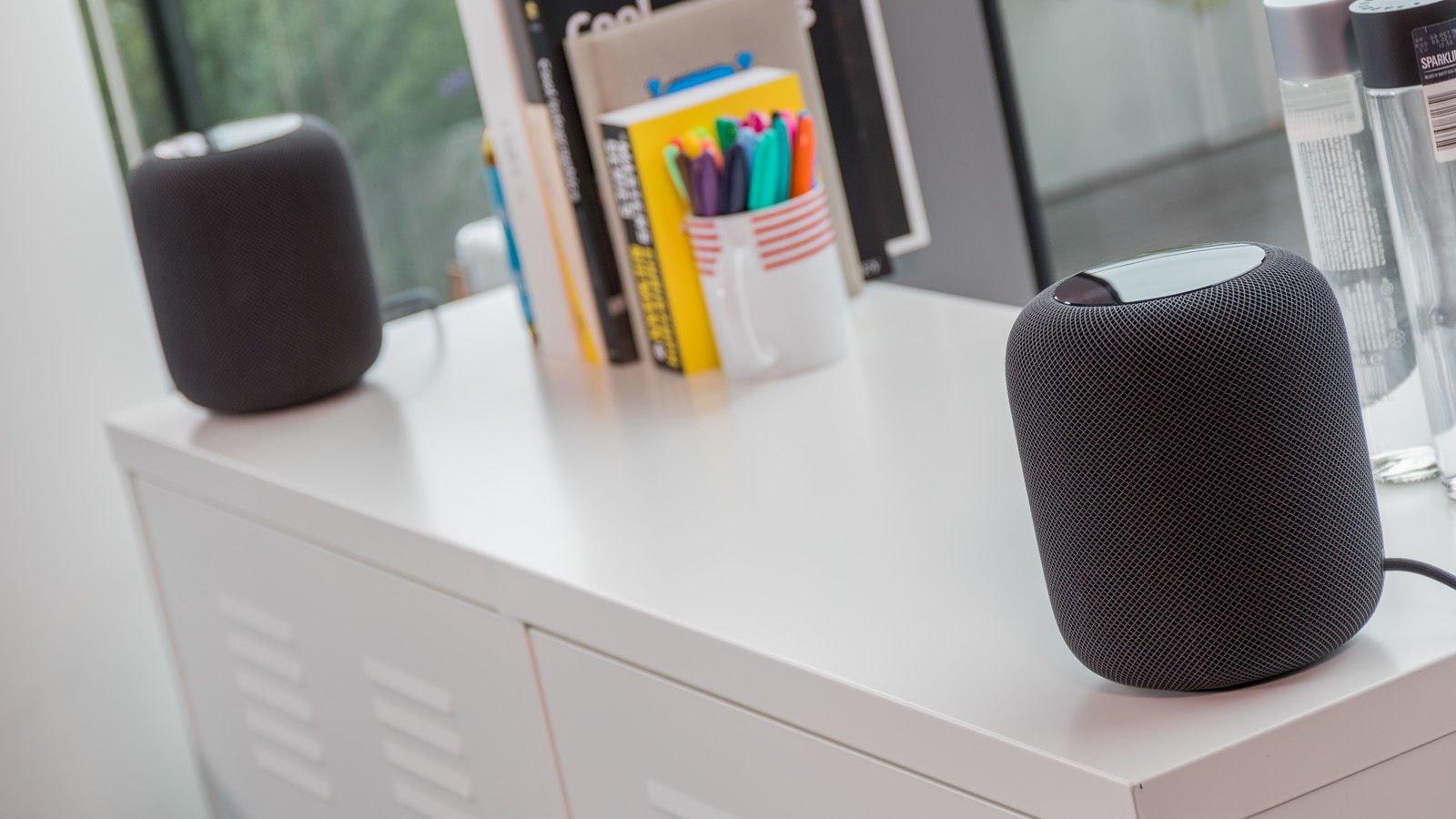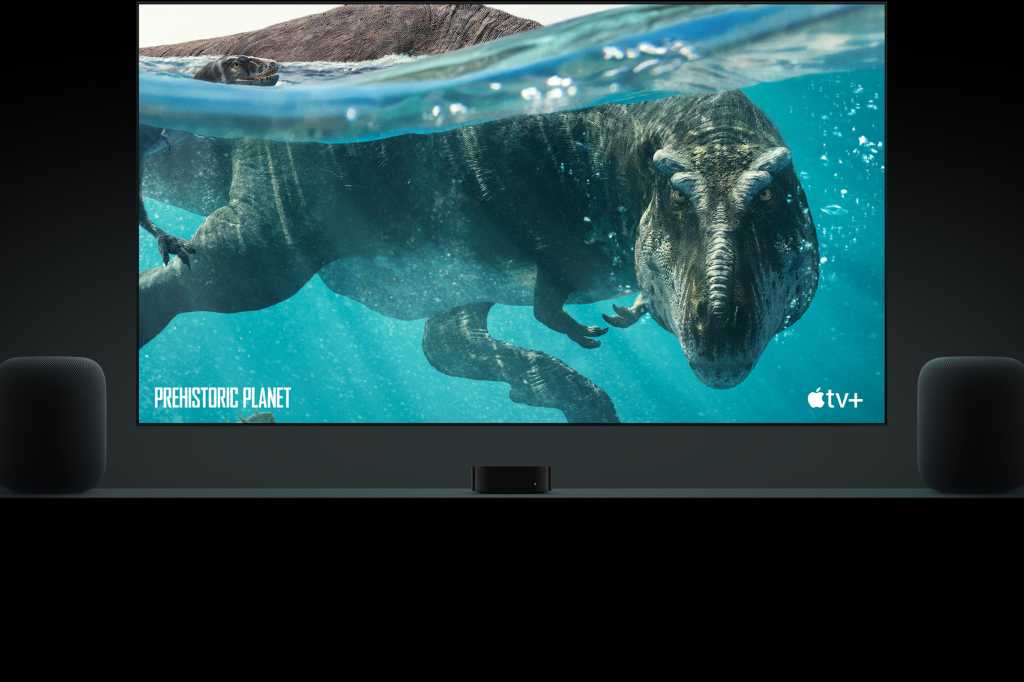To say that the 2nd-generation HomePod announcement was a surprise is something of an understatement. While there had been some rumblings that a new model was in the works, the timing was completely unexpected, arriving on a Wednesday morning in the middle of January following the launch of the M2 Mac mini and MacBook Pro.
But what’s even stranger than the timing is the HomePod itself. The HomePod site gives little indication that it’s a new model, and Apple has seemingly gone to great lengths to design a new HomePod that looks and sounds just like the old HomePod. Early reviewers predictably say the new HomePod “remains true to the original” with “lovely and deep” sound that still offers “expression and punch,” especially when paired with a second one.
That last point is key. While music is certainly a major selling point with the 2nd-gen model, Apple is also positioning HomePod as part of your “cinematic home theater experience,” a feature that wasn’t initially available when the first model launched. Indeed, early accounts say a HomePod pair is “great at adding height in terms of positioning sounds to match the action on the screen” and delivers “good clarity, nice bass, and great dimensional audio.”
Sound quality was never HomePod’s problem.
Foundry
Of course, sound quality was never HomePod’s issue. Like iPod and AirPods, music was HomePod’s one main job and it did it extremely well. While some audiophiles criticized it for being too bass-heavy, the HomePod was widely regarded as one of the best standalone smart speakers around at its price. It was limited to Apple Music (or AirPlay from an Apple device), and couldn’t just function as a Bluetooth speaker, but it certainly sounded good! We all know how it ended—Apple discontinued HomePod in March 2021 following an uncharacteristic price cut, presumably due to flagging sales.
In an interview with Mens Journal, Alice Chan, vice president of product marketing, said Apple had “heard more interest than ever for the acoustics of a richer larger speaker,” which is why Apple decided to resurrect the HomePod. Maybe that’s true, but if the first one didn’t survive as a pricey and limited music speaker, why not re-imagine the new HomePod as a soundbar? Not only would it have turned heads and re-ignited interest in the speaker, but a radical redesign would also instantly make HomePod a player in the home theater space. Along with Apple TV+ and Apple TV 4K, Apple would have a true one-two punch rivaled by no other speaker maker or streaming service.
Arc de triumph
The pieces are all there. As a stereo pair, HomePod has two 4-inch high-excursion woofers and 10 horn-loaded tweeters with individual neodymium amplifier magnets, more than enough to rival the Sonos Arc’s 11 Class-D amplifiers, three angled silk-domed tweeters and eight 2-inch by 3-inch elliptical woofers. In fact, Apple already wants you to buy two HomePod speakers with Apple TV 4K “to enjoy Dolby Atmos audio for a complete cinematic home theater experience.” What if that included using a pair of HomePod minis for rear speakers and full surround sound?
About the only thing it would really need is a longer, flatter design and a pair of HDMI ports. A HomePod soundbar could still be a music player, Home hub, and always-on Siri speaker, but with a new focus on the home theater. Maybe a Dialogue mode that enhances conversational speech or a Movie mode that leans more toward action or explosions.

Two HomePods are better than one, so why didn’t Apple build a multi-channel sound bar instead?
Foundry
Apple already encourages you to buy two HomePods at $299 each. So even if a HomePod soundbar cost $799 and an extra $199 for two HomePod minis, it would still be cheaper than a Sonos Arc system with two rear One speakers. And the design would be much friendlier for home theater use than two rather tall speakers that could obstruct certain views of your television.
I’m not privy to sales figures for the original HomePod or preorders for the new one, but I doubt anyone who has an original HomePod is rushing out to buy a 2nd-gen model. Other than a temperature sensor and the ability to tell you when it hears an alarm, the press releases announcing the speakers could have been the same—Apple doesn’t even mention the original HomePod anywhere on the site as a point of comparison.
Instead of a sequel that really builds on the original, Apple’s second attempt at making a high-end high-fidelity speaker for the home feels like a rerun. And I’m afraid it’s going to have the same ending as the first one.

